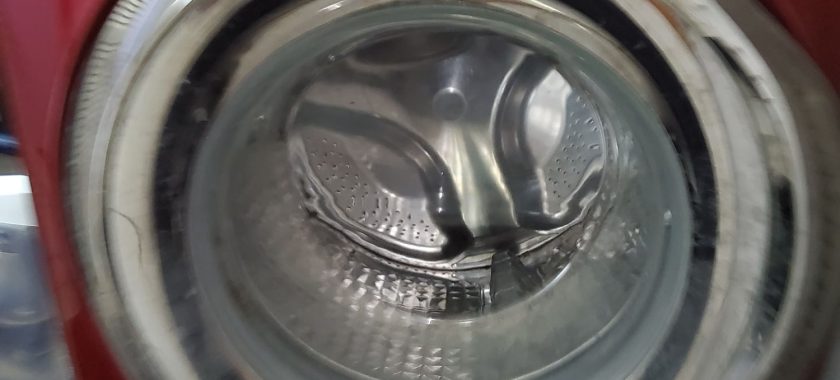One of the most frustrating moments in laundry day is discovering that your washing machine has skipped the spin cycle. The clothes are soaked, the timer has reached zero, and you’re left wondering what went wrong. A non-spinning washing machine is not just an inconvenience—it could be a symptom of an underlying technical issue. Two of the most common causes for this malfunction are a faulty relay or a damaged belt. Understanding how these components work and how their failure affects performance is key to resolving the issue promptly and efficiently.
Understanding the Spin Cycle
The spin cycle is a critical stage in the laundry process. It’s responsible for removing excess water from your clothes by spinning the drum at high speed. This function not only shortens drying time but also enhances energy efficiency. When the spin cycle fails, your washing machine may still complete the wash and rinse steps, but it will leave you with soggy, heavy laundry.
Common Signs Your Machine Isn’t Spinning
- Clothes remain soaking wet after the cycle
- The machine completes the cycle too quickly
- Unusual sounds or complete silence during the spin phase
- Drum doesn’t rotate at high speed
- Error codes on digital displays
If you’re noticing one or more of these signs, there’s a good chance the issue lies in one of two key components: the relay or the drive belt.
Faulty Relay: The Hidden Culprit
The relay is a small electrical component that helps control power to the motor. It acts like a switch, signaling the motor to begin the spin cycle. When the relay is defective, the motor may not receive the proper signals, causing the spin cycle to be skipped altogether.
What can cause relay failure?
- Electrical surges
- General wear and tear
- Moisture or corrosion
- Manufacturing defects
If the relay is not functioning properly, your washer might not initiate the spin cycle, even though it seems to be operating normally otherwise. Relay issues often go unnoticed because they are not visible and can mimic other mechanical problems.
Damaged or Loose Drive Belt
Another likely cause is a worn, stretched, or broken drive belt. The drive belt connects the motor to the drum and helps rotate it during the wash and spin cycles. Over time, the belt may lose tension or snap completely, leading to a complete stop of the spin function.
Symptoms of a damaged belt include:
- The drum not turning even though the motor is running
- A rubbery burning smell
- Loud thudding or grinding noises
- A loose or hanging belt visible upon opening the back panel
Replacing a belt is a relatively straightforward job for a technician, but it requires the right tools and knowledge to avoid damaging other components.
Why You Shouldn’t Delay Repairs
Continuing to use a washer that isn’t spinning properly can result in more extensive and expensive damage. Wet clothes sitting too long can promote mold growth, damage internal parts, and shorten the lifespan of your appliance. What starts as a simple issue—like a belt or relay—can evolve into a major repair if left unchecked.
Trust the Professionals
At Chula Vista Appliance Repair Company, we specialize in diagnosing and fixing spin cycle issues quickly and affordably. Whether the problem lies in the control board, the relay, or a worn-out belt, our experienced technicians will pinpoint the fault and restore your washing machine to peak performance.
Why choose us?
- Fast and efficient service
- Skilled, certified technicians
- Transparent pricing with no hidden fees
- Emergency repair options available
- Local service with a reputation for reliability
Don’t wait until a minor inconvenience turns into a full breakdown. Call Chula Vista Appliance Repair Company today to book your washing machine repair. Let us help you get back to hassle-free laundry in no time!
Contact us
(619) 880-5508


